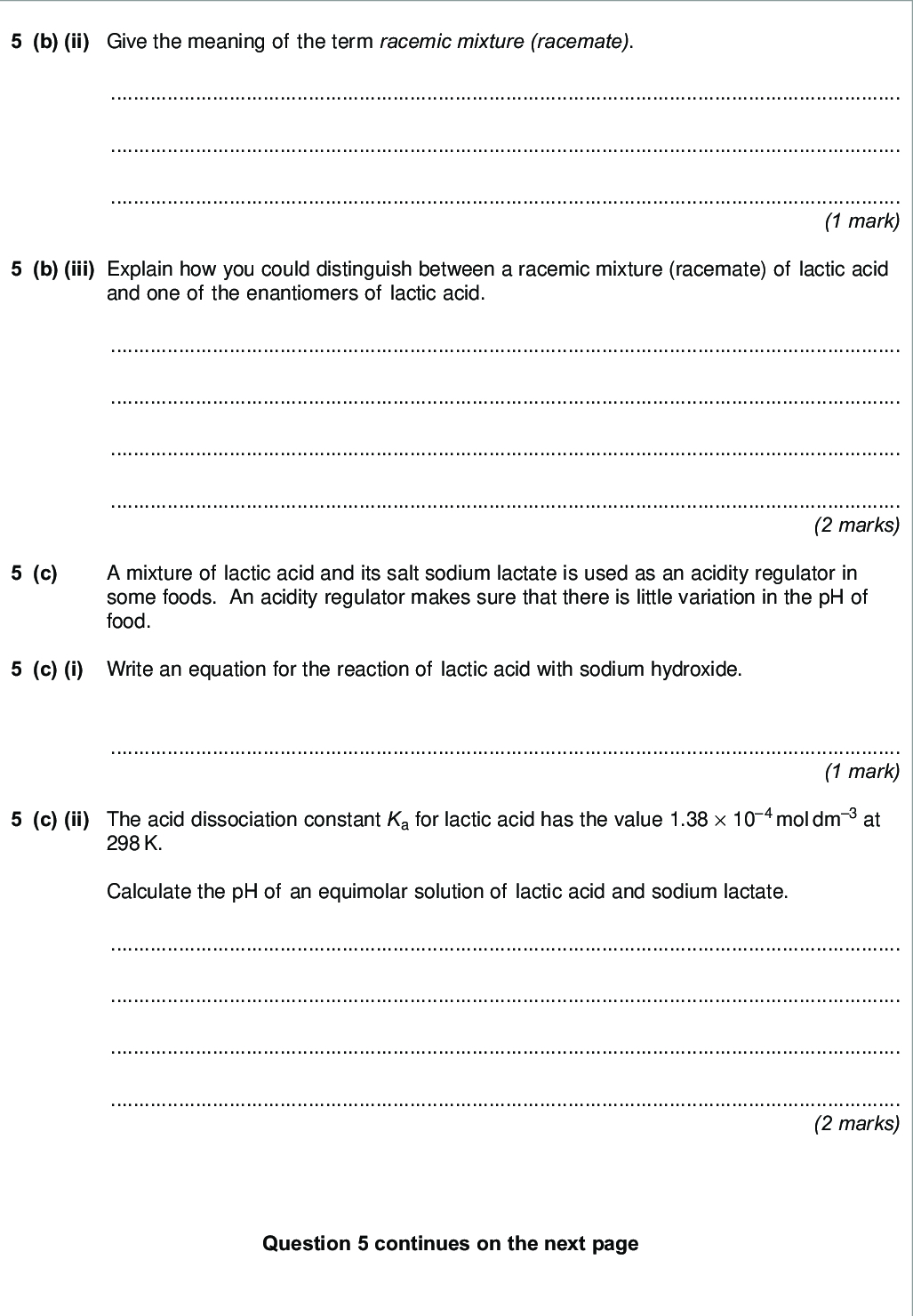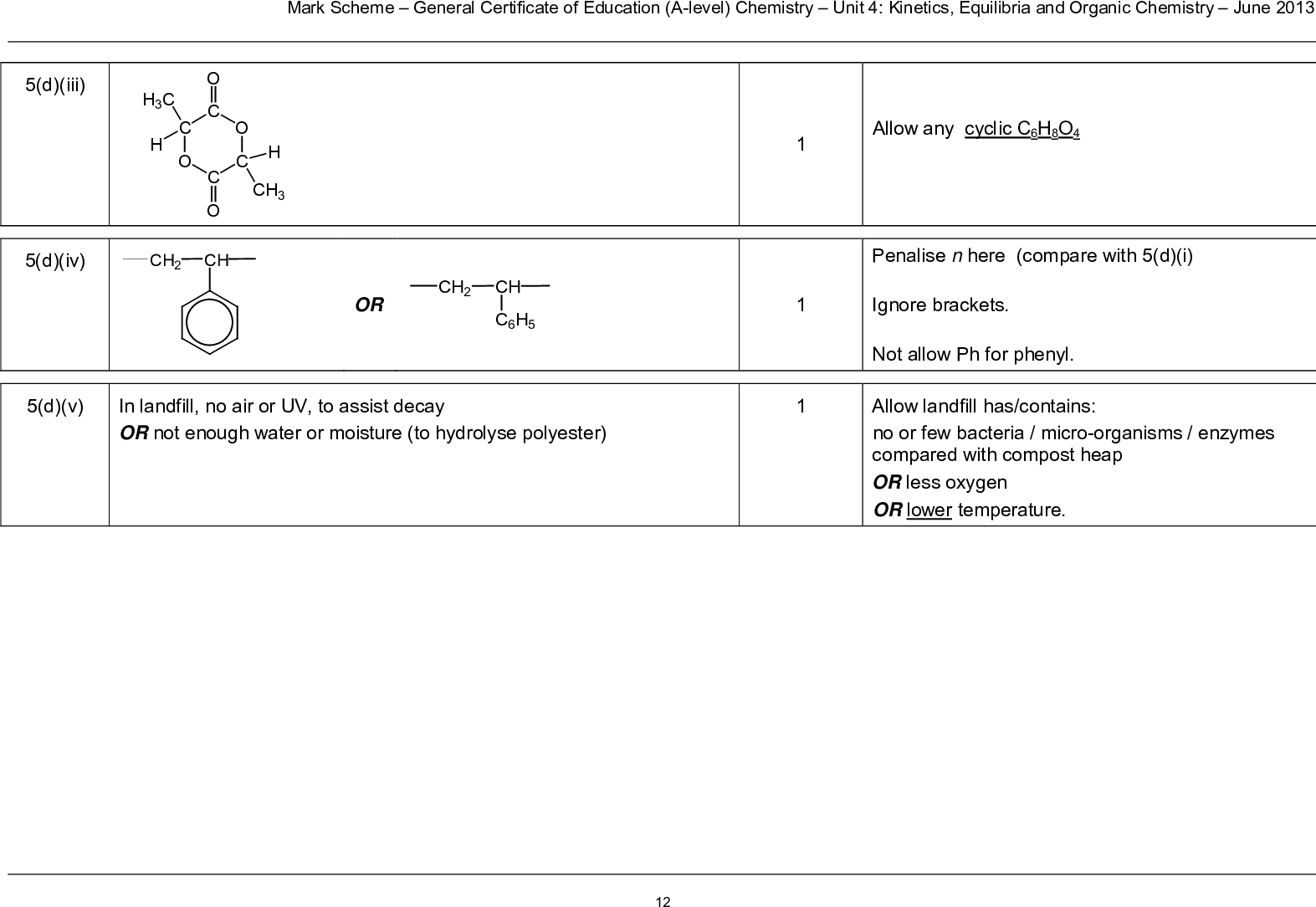


Condensation Polymerisation In condensation polymerisation there are two different monomers that add together and a small molecule is usually given off as a side-product e.g. H2O or HCl. The two most common types of condensation polymers are polyesters and polyamides which involve the formation of an ester linkage or an amide linkage. The monomers usually have the same functional group on both ends of the molecule e.g. di-amine, di carboxylic acid, diol, diacyl chloride. Carboxylic Acid + Alcohol Ester + water Acyl chloride + Alcohol Ester + HCl Carboxylic Acid + Amine amide + water Acyl chloride + Amine amide + HCl Forming polyesters and polyamide uses these reactions we met earlier in the course dicarboxylic acid + diol poly(ester) + water diacyl dichloride + diol poly(ester) + HCl dicarboxylic acid + diamine poly(amide) + water If we have the same functional group on each end of molecule we can make polymers so we have the analogous equations: diacyl dichloride + diamine poly(amide) + HCl n + n OH CH2CH2 OH + 2n-1 H2O Terylene- a common polyester The -1 here is because at each end of the chain the H Terylene fabric is used in clothing, tire cords and OH are still present Ethane-1,2-diol Benzene-1,4-dicarboxylic acid C O OH C O OH Using the carboxylic acid to make the ester or amide would need an acid catalyst and would only give an equilibrium mixture. The more reactive acyl chloride goes to completion and does not need a catalyst but does produce hazardous HCl fumes. C (CH2 )3 O C O Cl Cl OH OH C (CH2 O )3 O C O O + n n n + 2n-1 HCl Pentanedioyl dichloride Benzene-1,4-diol. Nylon 6,6 – a common polyamide The 6,6 stands for 6 carbons in each of the monomers. Different length carbon chains produce different polyamides hexanedioic acid Hexane-1,6-diamine Note on classification for condensation polymers If asked for type of polymer: It is polyamide or polyester Whereas type of polymerisation is condensation It is also possible for polyamides and polyesters to form from one monomer, if that monomer contains both the functional groups needed to react OH (CH2 )3 C O Cl O (CH2 )3 C O O (CH2 )3 C O O (CH2 )3 C O 3 repeating units C O OH H2N 3 repeating units N C O N C O N H H H C O Chemical reactivity of condensation polymers Intermolecular bonding between condensation polymers chains Polyesters have permanent dipole bonding between the Cδ+=Oδ- groups in the different chains in addition to the van der waals forces between the chains. Polyamides (and proteins) have hydrogen bonding between the oxygen in Cδ+=Oδ- groups and the H in the Nδ- —Hδ+ groups in the different chains in addition to the van der waals forces. Polyamides will therefore have higher melting points than polyesters. N C O N C O N H H H C O N C O N C O N H H H C O δ- δ- δ- δ- δ+ δ+ δ+ δ+ δ+ δ+ δ+ δ+ δ- δ- δ- δ- : : : : HO2C CO2H H2N NH2 C C O N N H H O n + n + 2n-1 H2O n Kevlar- a common polyamide The reactivity can be explained by the presence of polar bonds which can attract attacking species such as nucleophiles and acids
/
~
~
~
/
3.3.12.1 Condensation polymers (A-level only)
Condensation polymers are formed by reactions between:
• dicarboxylic acids and diols
• dicarboxylic acids and diamines
• amino acids.
The repeating units in polyesters (eg Terylene) and polyamides (eg nylon 6,6 and Kevlar) and the linkages between these repeating units.
Typical uses of these polymers.
Students should be able to:
• draw the repeating unit from monomer structure(s)
• draw the repeating unit from a section of the polymer chain
• draw the structure(s) of the monomer(s) from a section of the polymer
• explain the nature of the intermolecular forces between molecules of condensation polymers.


 3.12 Polymers Page 1 - 2
3.12 Polymers Page 1 - 2 Oxford Textbook Pages : 450 - 454
Oxford Textbook Pages : 450 - 454 CGP Revision Guide Pages : 178 - 179
CGP Revision Guide Pages : 178 - 179

































